The modern kitchen has evolved far beyond a mere culinary workspace. It’s now the heart of the home, a place where memories are forged, stories are shared, and connections are deepened. To create a kitchen that truly fosters a sense of community and camaraderie, designers must prioritize comfort, functionality, and a welcoming ambiance.
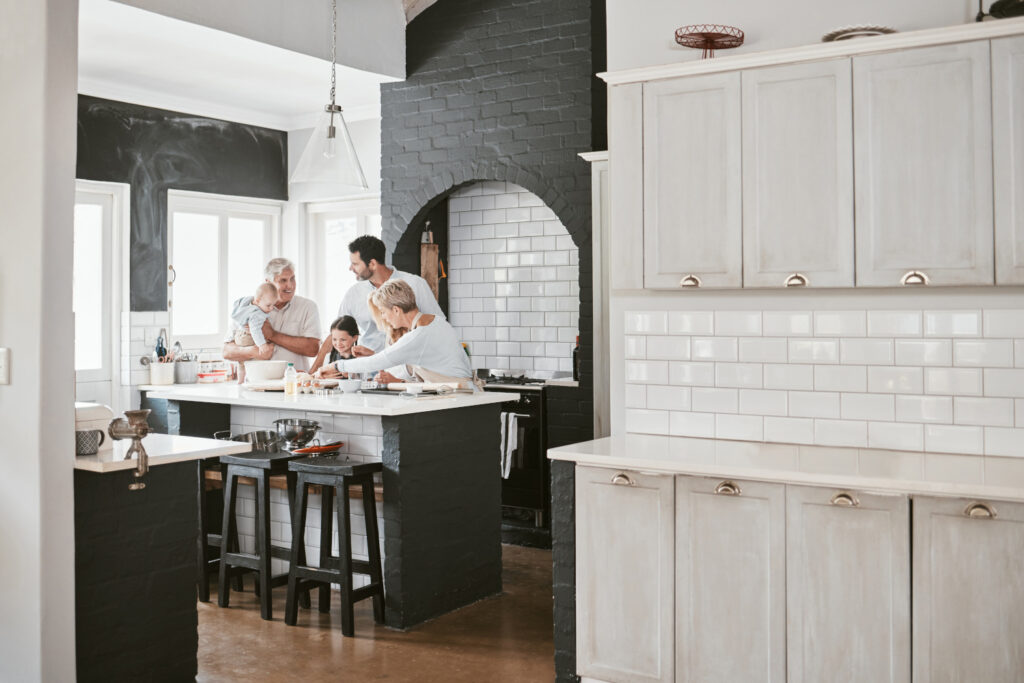
The Kitchen as a Social Hub
A successful social kitchen is one that invites interaction and encourages conversation. Here are some key design strategies to achieve this:
- Island as the Gathering Place: A large kitchen island with bar stools is a natural focal point. It provides ample space for meal prep and serves as a casual dining area. Consider adding a breakfast bar with step-down seating for a more intimate dining experience.
- Open Floor Plans: By removing walls between the kitchen and adjacent spaces, you create a sense of openness and flow, making it easy for guests to mingle. This can also enhance natural light and create a more spacious feel.
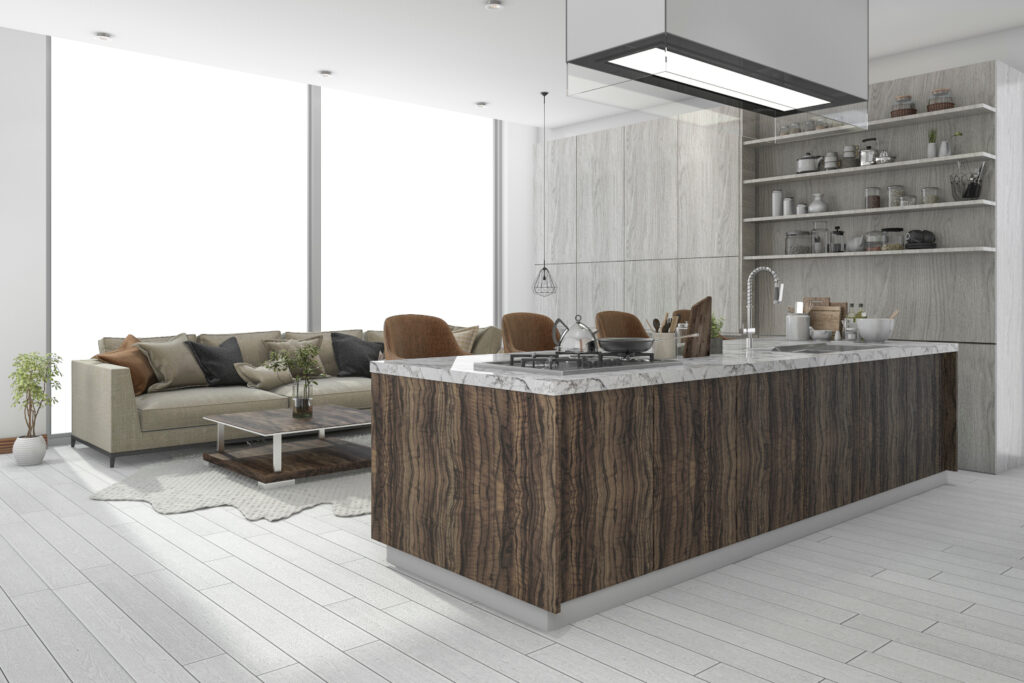
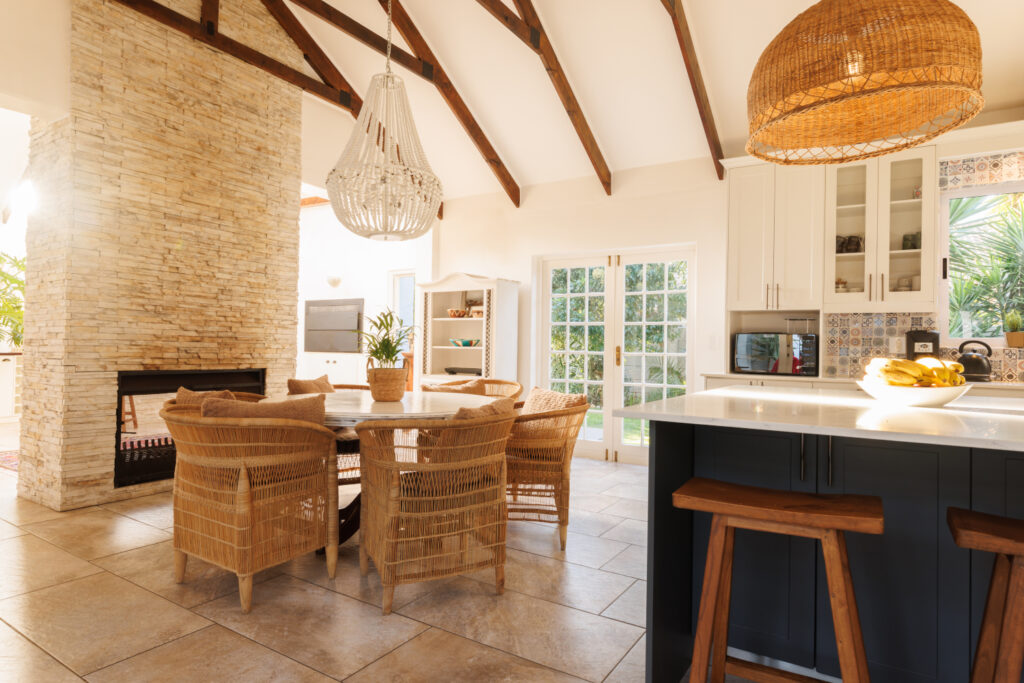
- Built-In Seating: A breakfast nook with built-in bench seating offers a cozy and inviting spot for casual dining or simply enjoying a cup of coffee. Consider adding deep drawers or a lift-up lid to the bench for extra storage.
- Concealed Storage: A clutter-free kitchen is essential for a welcoming atmosphere. Consider features like butler’s pantries, hidden appliance compartments, or even concealed pantries behind sliding doors.
- Step-Down Dining: A slightly lower dining area within the kitchen can create a more intimate and defined space for meals. This can also be a great way to incorporate different materials or finishes for a visually interesting design.
- Beverage Station: A dedicated wine or beverage fridge adds a touch of hospitality and convenience for guests. Consider placing it near a seating area or in a hidden compartment for easy access.
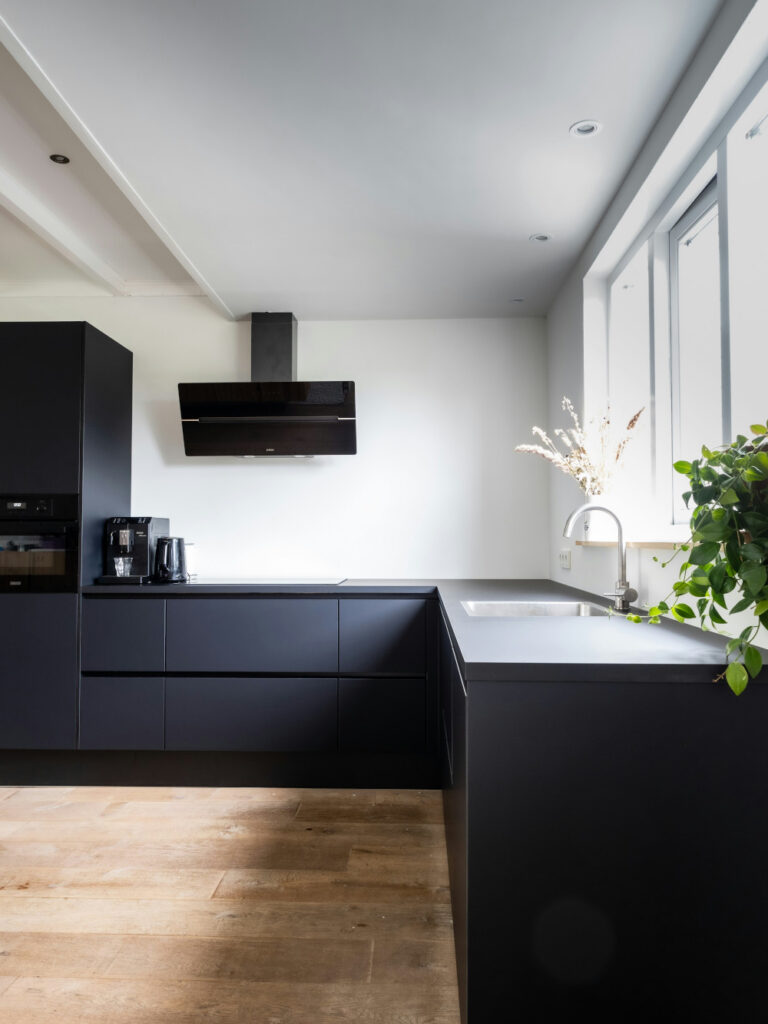
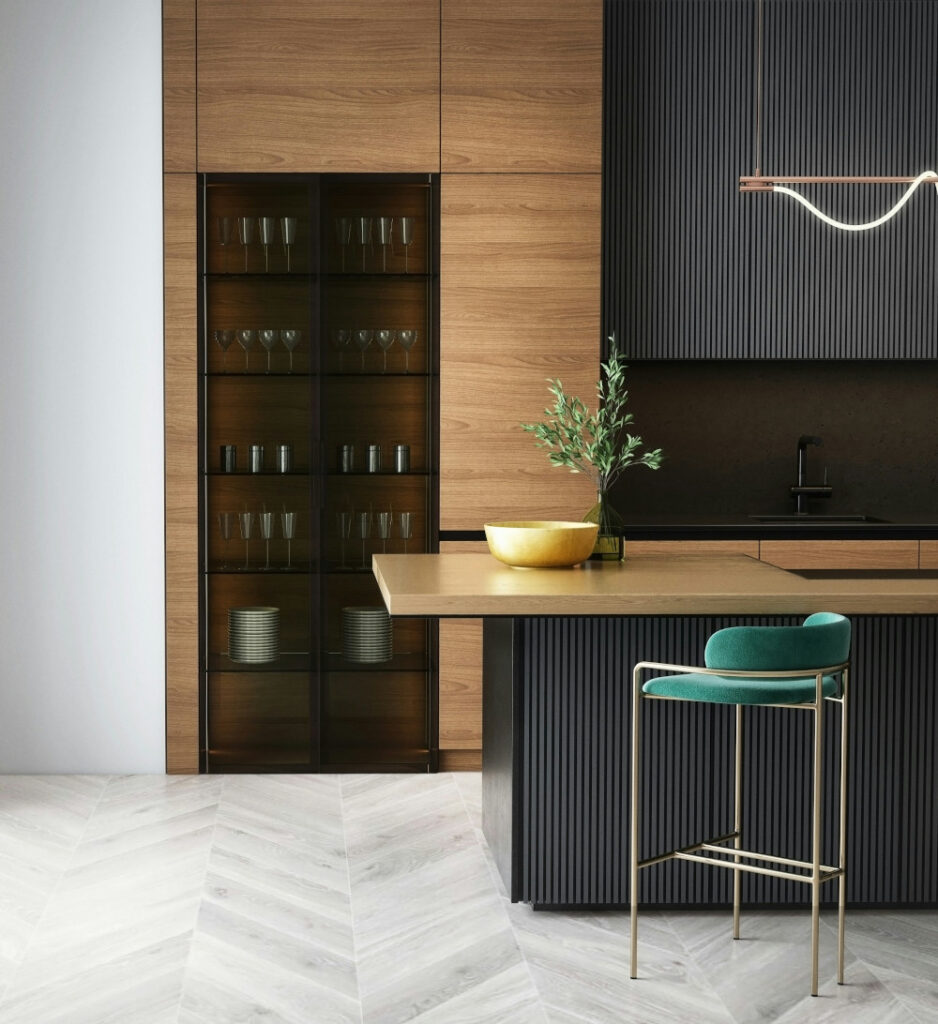
Capturing a Welcoming Vibe
Beyond functionality, the aesthetic elements of a kitchen play a crucial role in its appeal.
- Focal Point: A striking feature like a unique backsplash, bold artwork, or a statement lighting fixture can draw attention and spark conversation. Consider using a large piece of art or a unique light fixture above the kitchen island.
- Lighting: A well-lit kitchen is essential for both functionality and ambiance. Consider a combination of task, ambient, and accent lighting. Undercabinet LEDs can provide task lighting, while pendant lights or chandeliers can create ambient lighting. Accent lighting can be used to highlight specific features, such as artwork or cabinetry.
- Comfort: Soft seating, plush cushions, and comfortable bar stools can make guests feel at home. Consider adding throw pillows or blankets for extra coziness.
- Curved Elements: Gentle curves can soften the angular lines of a kitchen and create a more inviting atmosphere. Curved islands, arched range hood alcoves, or rounded countertops can all contribute to a more welcoming feel.
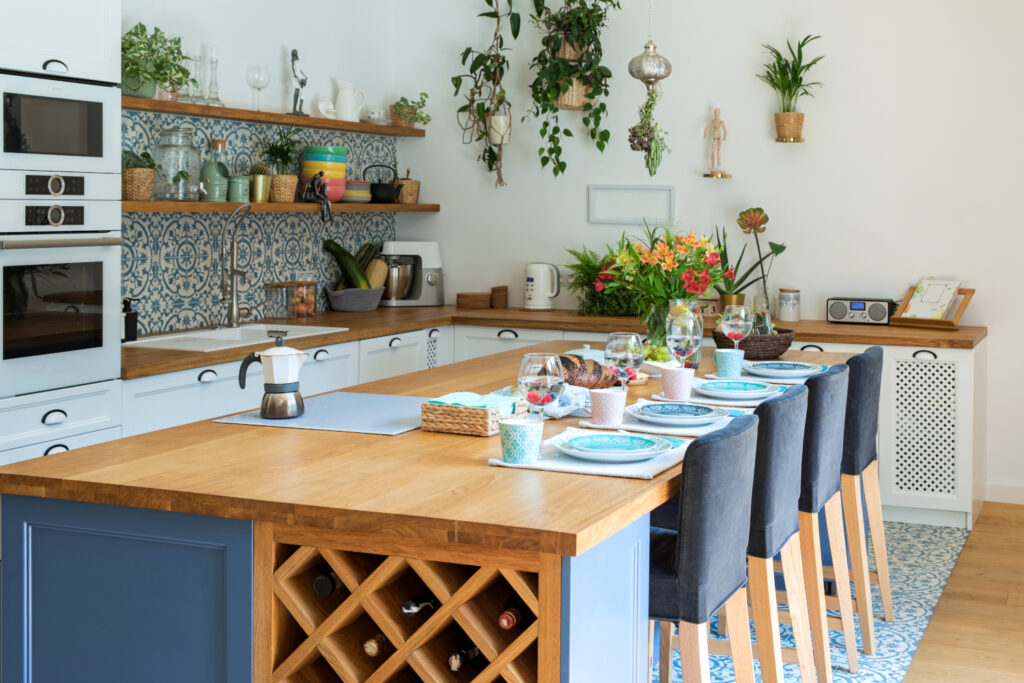
Additional Considerations for Design
Here are a few more things to consider when designing for the modern kitchen:
- Noise Reduction: When designing a social kitchen, it’s important to consider noise levels. Opt for appliances with low decibel ratings and ensure proper insulation. Consider using sound-absorbing materials, such as acoustic panels or cork flooring, to help reduce noise levels.
- Accessibility: For a truly inclusive kitchen, consider features like accessible countertops, lever handles, and ample space for wheelchairs. Ensure that the kitchen layout is designed to accommodate people with disabilities.
- Sustainability: Incorporate eco-friendly materials and energy-efficient appliances to create a sustainable and responsible kitchen. Consider using recycled materials, low-VOC paints, and energy-efficient lighting.
By carefully considering these factors, interior designers can craft kitchens that are not only functional but also inspiring and inviting. A well-designed kitchen becomes more than just a space for cooking; it’s a place where memories are made and relationships are nurtured.





